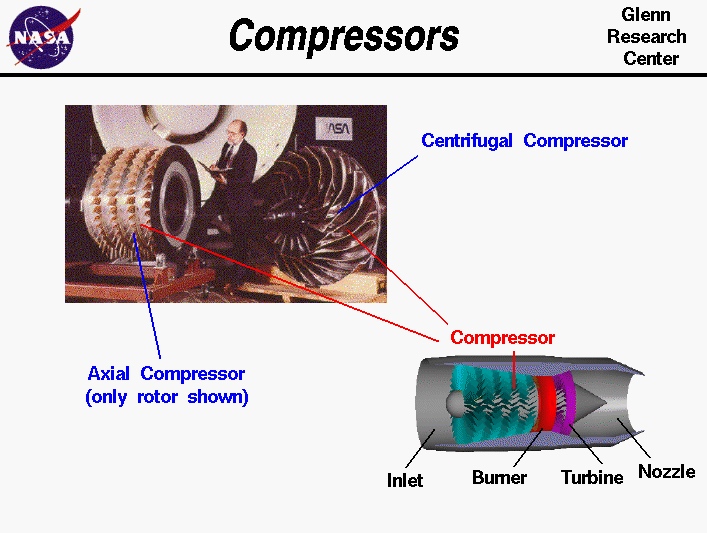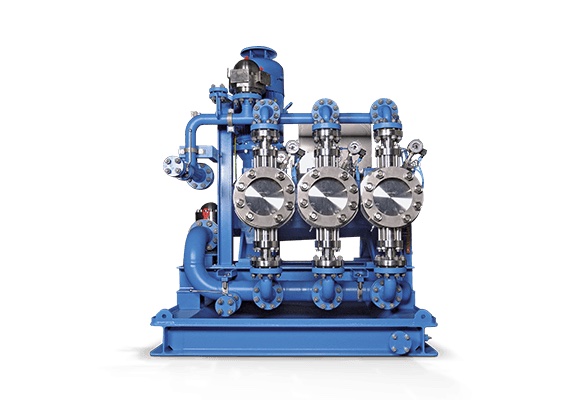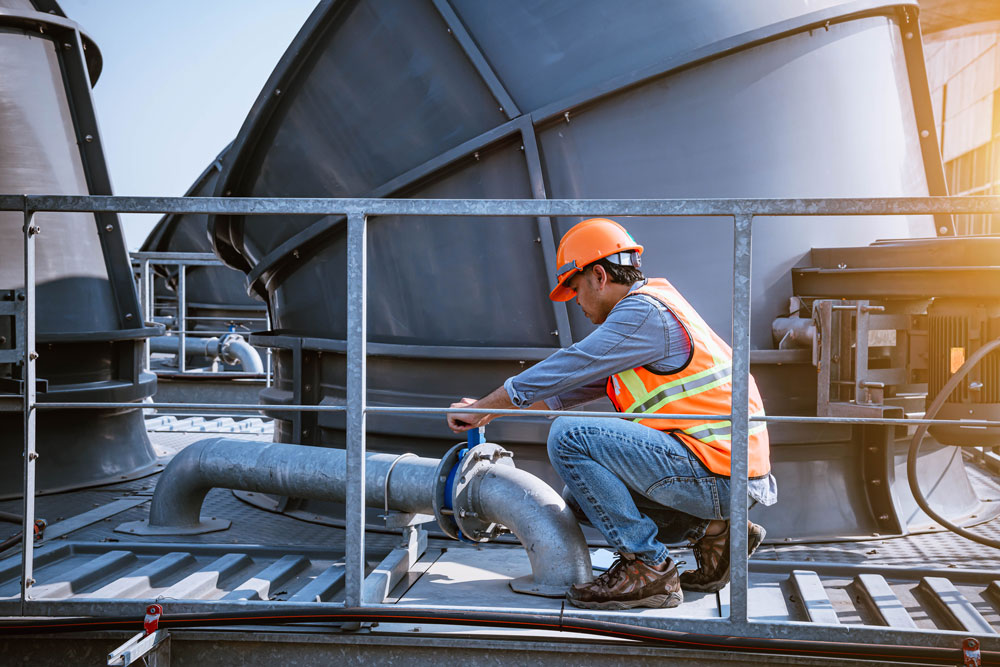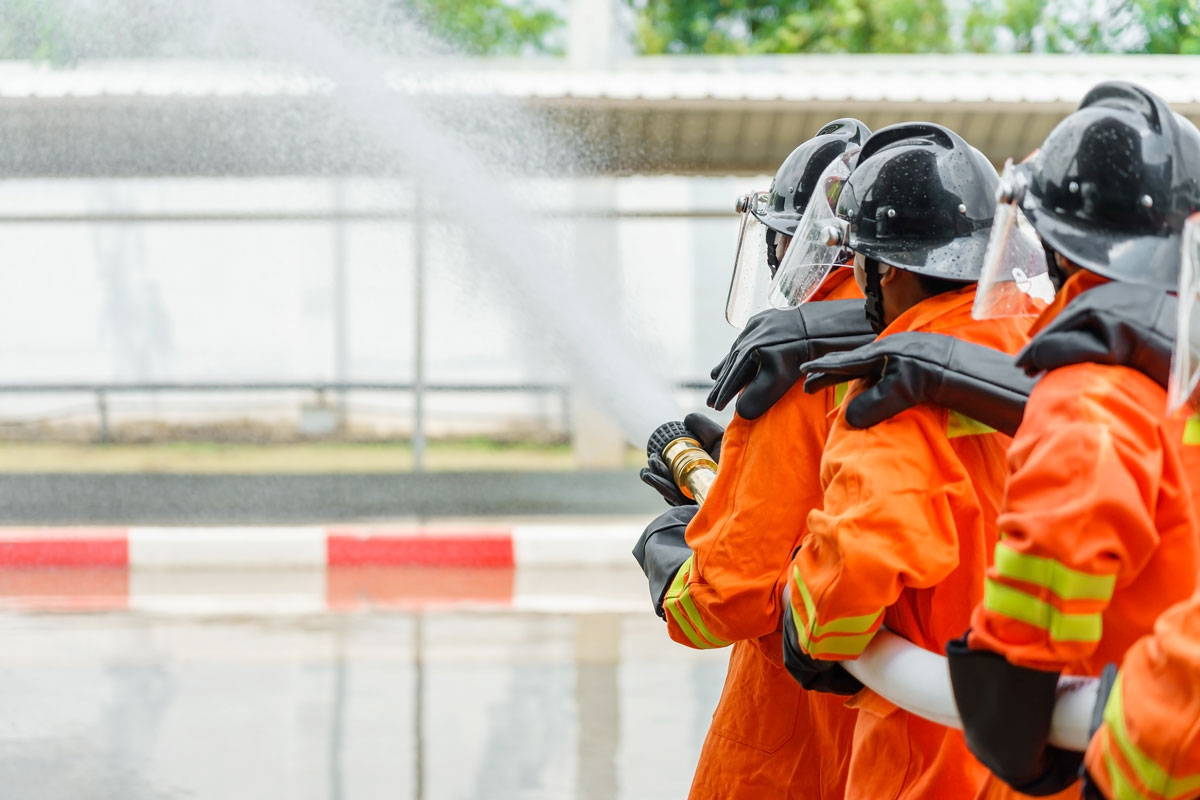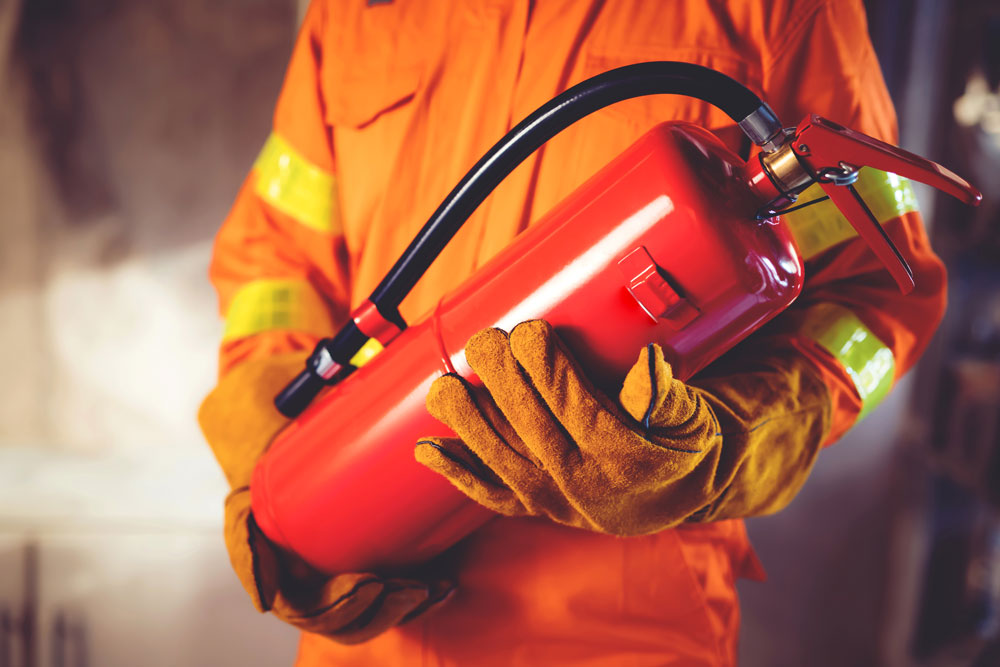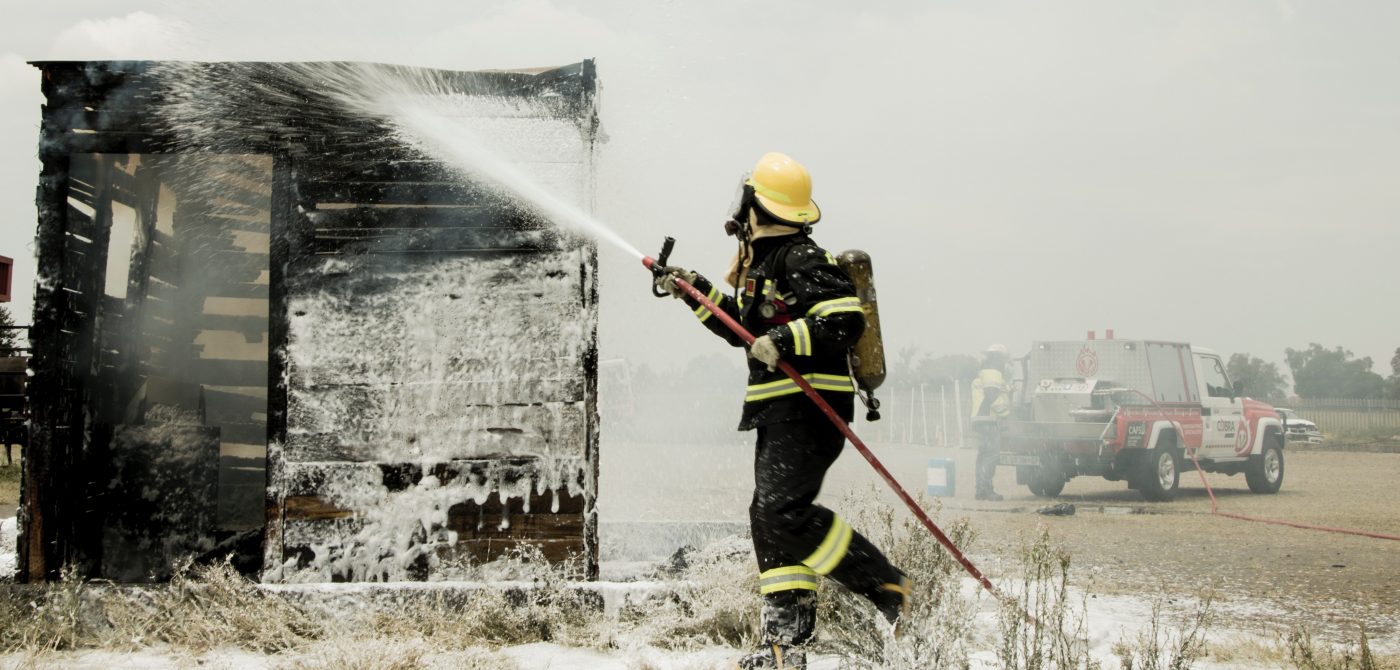Most modern passenger and military aircraft are powered by gas turbine engines, also known as jet engines.
Category Archives: Educational
In industrial settings, smooth operations require efficient fluid management. Pump skid assemblies have become a crucial solution for various industries, offering a compact and versatile approach to fluid transfer, circulation, and control.
Heating, ventilation, and air conditioning (HVAC) are familiar terms, but understanding the systems and how they work together is a little more complicated.
it is expected that IFSS-CP shall be adopted incrementally and systematically and that it is capable of being used in all markets and jurisdictions in conjunction with existing regulations and associated standards.
IFSS-CP establishes overarching, performance-based Common Principles for fire safety engineering design, construction, occupation and ongoing management.
Emergency and Heating, Ventilation and Air Conditioning (HVAC) layouts, as well as fire suppression systems, can provide valuable details on a building’s possible behavior and the scope of an incident.
By definition a clean agent is a gaseous fire suppressant that is electrically nonconducting and that does not leave a residue upon evaporation.
With growing demand for PV systems, the utilities provided an option for the consumers to connect their systems to the grid. This step introduced a new term called “Net Metering.”
Fire extinguishers apply an agent that cools the burning heat, suffocates the fuel or removes oxygen, so that the fire cannot continue to burn.
One generally accepted definition of combustion or fire, is a process involving rapid oxidation at elevated temperatures accompanied by the evolution of heated gaseous products, and the emission of visible and invisible radiation.


